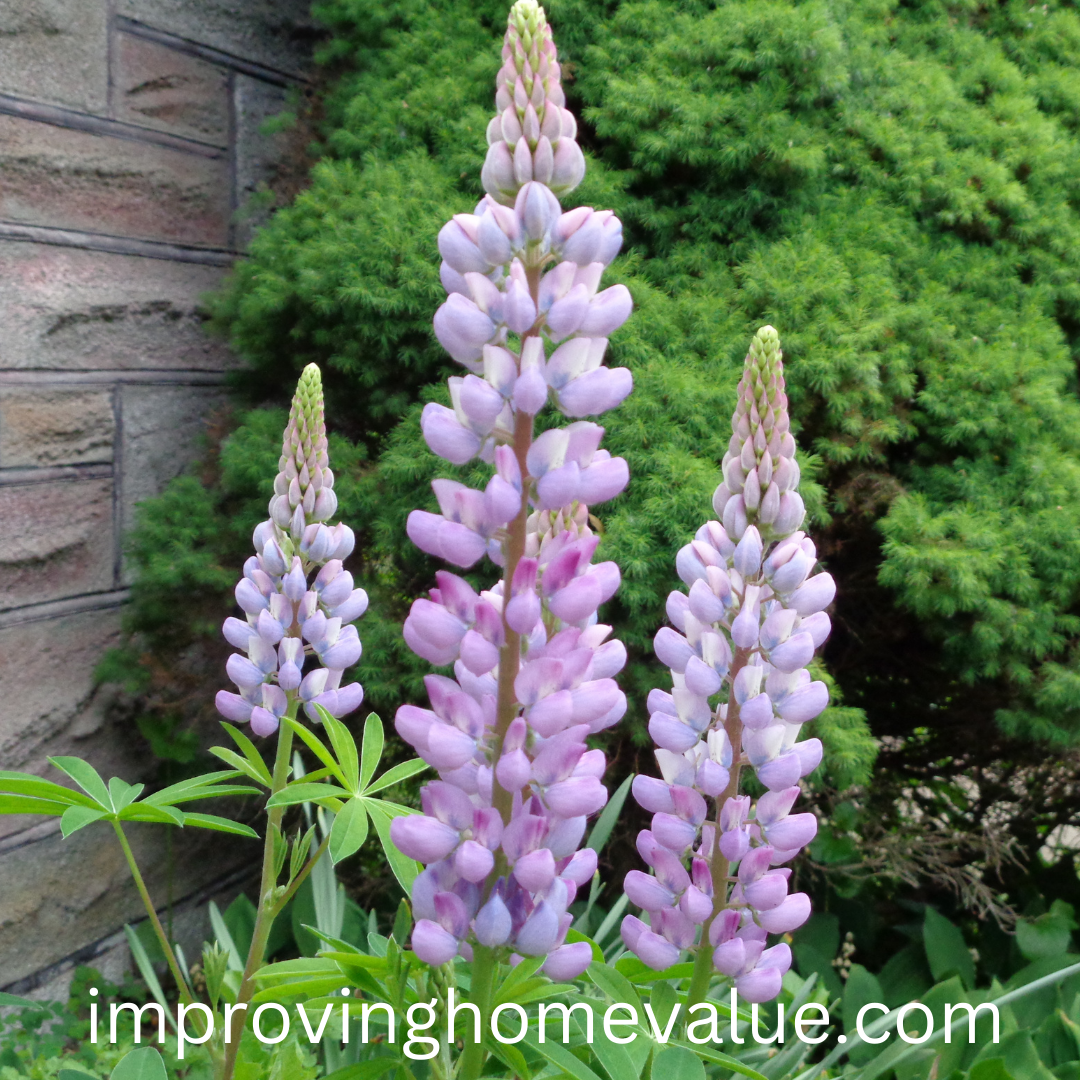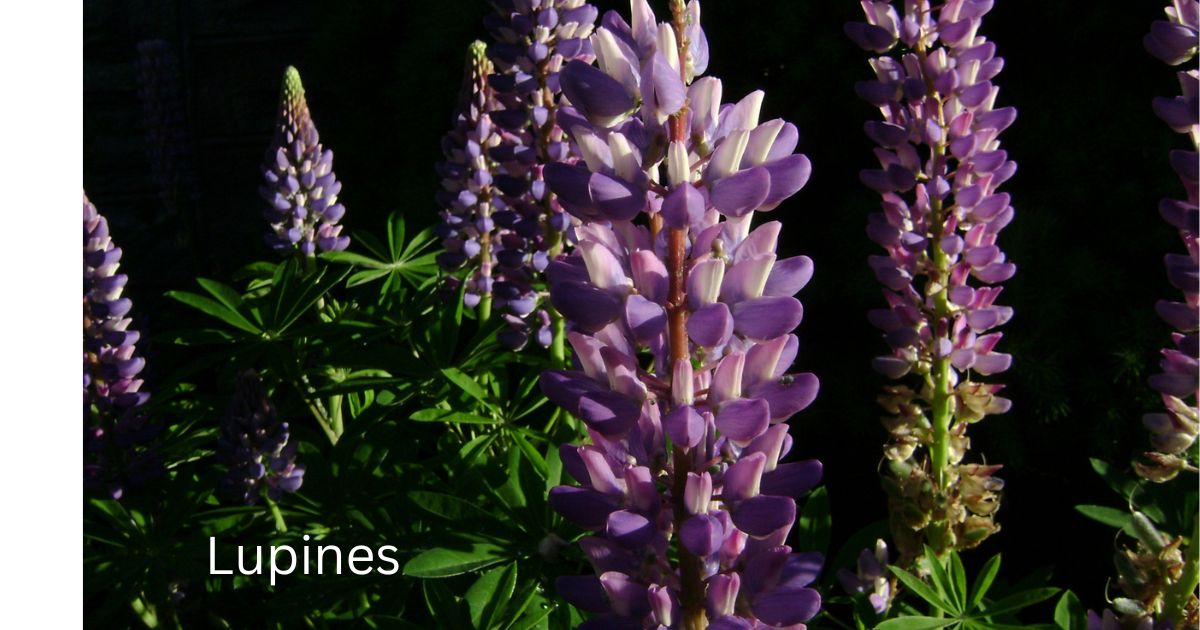Lupines are sun lovers. To get the best blooms, plant them where they’ll soak up full sun. They can tolerate partial shade, but you’ll miss out on the vibrant flower spikes if they don’t get enough sunlight.
Soil is another biggie. Lupines like their soil well-draining and on the acidic side. If your garden soil isn’t naturally like this, don’t worry. You can mix in some sand or organic matter to improve it. Checking the pH level and aiming for slightly acidic soil will keep your lupines happy.
Watering can be a bit tricky. These plants don’t like to sit in waterlogged soil, which can lead to root rot. A good rule of thumb is to water them deeply once a week. If the top inch of soil feels dry, it’s watering time. During hot spells, you might need to water more frequently.
Climate also plays a role. Lupines thrive in cooler climates. They’re best suited for USDA zones 4 to 7. In warmer areas, they can still grow but might not live as long. Mulching can help keep the roots cool.
Selecting the Best Spots to Plant Lupines
A garden bed dedicated to lupines can be a showstopper. They look fantastic in mass plantings where their tall flower spikes can really shine. If you’ve got a blank canvas, consider filling it with lupines for a bold, colorful statement.
Containers are another great option. This works well if you’re short on space or have less-than-ideal garden soil. Plus, containers are easy to move around to catch the best light and keep the soil conditions just right.
Think about companion planting. Lupines are nitrogen-fixers, which means they improve the soil quality for their neighbors. This makes them stellar partners for plants like roses or other flowering perennials that can benefit from a nutrient boost.
Integrating lupines into your garden design is a smart move. They add height and texture, working well as a backdrop for lower-growing plants. Plant them in clusters to create a natural, meadow-like feel or line them up for a more structured look.
Whether in the garden bed or in containers, make sure the spots you pick for lupines allow for good air circulation. This helps prevent the fungal diseases that lupines are sometimes prone to.

Caring for Your Lupines Post-Planting
Lupines come in a rainbow of colors, from deep purples and blues to vibrant reds and yellows. Choosing different varieties can add a burst of color to your garden and keep it looking lively throughout the season. You might find it fun to experiment with different types—like the bold Russell hybrids or the softer, pastel-toned dwarf varieties.
Pests can sometimes be a headache, but staying ahead of them is key. Aphids, slugs, and snails are the main culprits when it comes to damaging lupines. A strong blast of water can dislodge aphids. For slugs and snails, consider organic options like diatomaceous earth or even a shallow dish of beer—they can’t resist it!
Diseases could also pop up. Powdery mildew and fungal infections are the common ones. Using a fungicide early can help, but good garden hygiene is just as effective. Make sure to allow good air circulation and avoid overhead watering to keep these issues at bay.
Pruning and deadheading are your best friends for extending the blooming season. Once the first flush of flowers fades, cut back the spent blooms to encourage more. Cutting the plants back after flowering can also promote a second, smaller bloom later in the season and keep the plants tidy.
Enjoy the beauty of Lupines when you plant them around your home and gardens.
